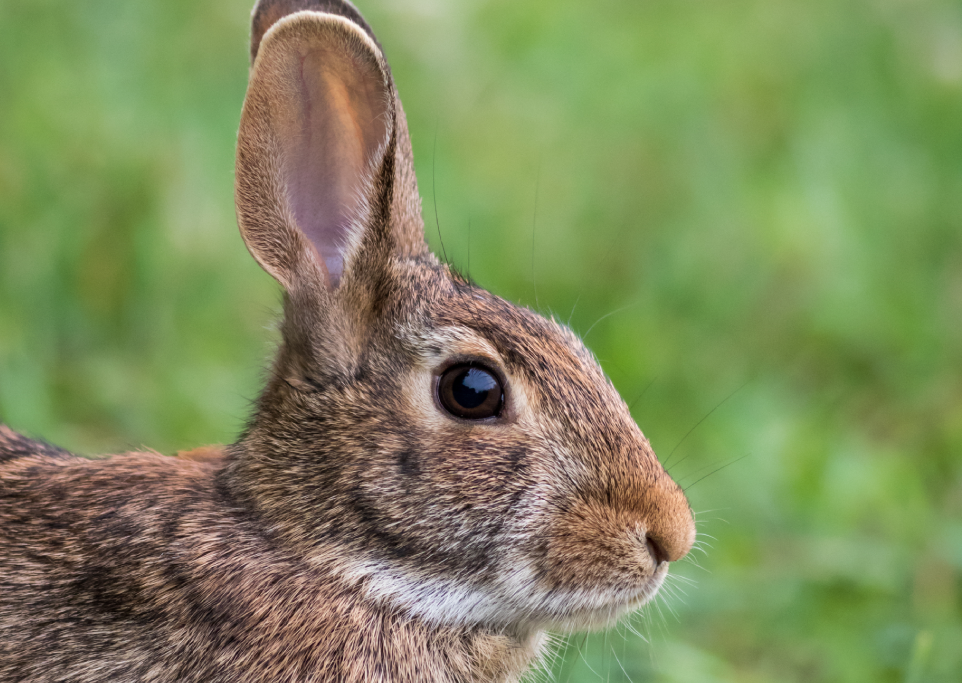A Silent Guardian of Lebanon’s Open Landscapes
The Cape Hare (often called the Lebanese Wild Hare) is a swift, elusive creature that darts through the country’s hills, farmlands, and semi-arid plains. Unlike its European cousin, this hare thrives in Lebanon’s rugged terrain, playing a vital yet often overlooked role in the ecosystem.
Habitat & Where to Spot It
-
- Preferred Zones: Open fields, rocky slopes, and the edges of cedar forests.
- Makmel Mountain foothills
- Behavior Nocturnal and shy—dawn/dusk are the best times to glimpse one.
Why This Hare Matters
✅ Ecosystem Engineer:- Its grazing controls grass/weed growth, reducing wildfire risks.
- Burrows provide shelter for smaller animals (reptiles, insects).
✅ Prey Species:A critical food source for foxes, eagles, and wolves, maintaining predator balance.
✅ Seed Disperser: Helps spread native plant seeds through droppings.

Threats & Conservation Status
- Hunting & Poaching: Often illegally hunted for sport or meat.
- Habitat Loss: Farms and urban sprawl shrink its living space.
- Status: Not yet endangered in Lebanon, but declining (needs monitoring).
How to Protect Lebanon’s Wild Hares
- Support Habitat Conservation: NGOs like SPNL (Society for the Protection of Nature in Lebanon) work on preserving open landscapes.
- Report Illegal Hunting: Contact Lebanese Ministry of Agriculture or local rangers.
- Eco-Awareness: Teach communities that hares are worth more alive (for ecology & tourism) than hunted.
A Symbol of Wild Lebanon
This hare isn’t just fast—it’s resilient. Watching one sprint across a moonlit field is a reminder of Lebanon’s untamed beauty, still fighting to endure.
Quick Facts Sidebar
Lebanon’s Cape Hare (Lepus capensis)
- Speed: Up to 70 km/h (one of the fastest mammals in Lebanon!).
- Diet: Grasses, herbs, and crops (sometimes a farmer’s headache).
- Cultural Role: Folktales depict hares as clever tricksters.
- Call to Action: If you see one, observe quietly—no chasing!
-Credible Sources to Link
- IUCN Red List: Cape Hare Global Status(https://www.iucnredlist.org/)
Photo Creditwww.freepik.com

Leave a Reply